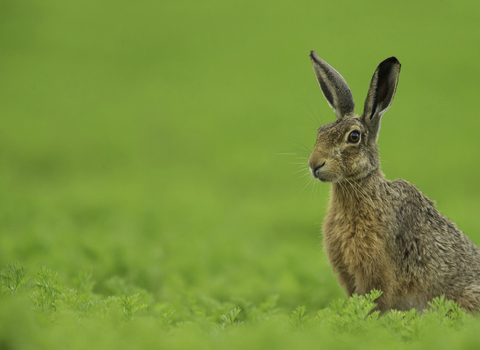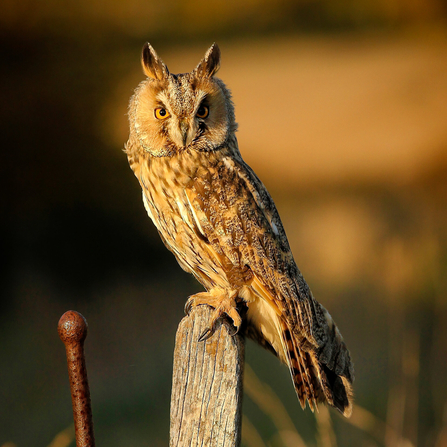
Long-eared owl © Jon Hawkins - Surrey Hills Photography
Long-eared owl
The 'ears' on this owl's head are just feather tufts. Owl ears are actually massive holes, hidden by feathers. One ear is lower than the other, helping them judge where a sound is coming from. Stiff feathers also channel sound into the ear.

Mackerel © Alexander Mustard/2020VISION
Mackerel
Fish ears are also hidden. They contain hard plates called otoliths. They use these to detect vibrations in the water. Otoliths grow in circles, like the rings of a tree. You can tell how old a fish is by counting the circles.
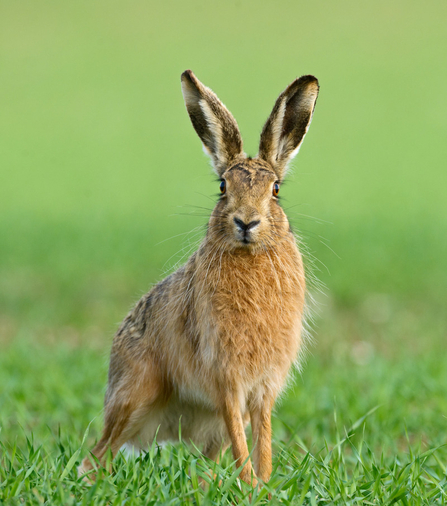
Brown hare © David Tipling/2020VISION
Brown hare
Brown hares have extra long ears, with black fur at the tip. They give hares an excellent sense of hearing, which helps them detect nearby predators. If they sense danger, they can crouch down low and flatten their ears against their back to hide.
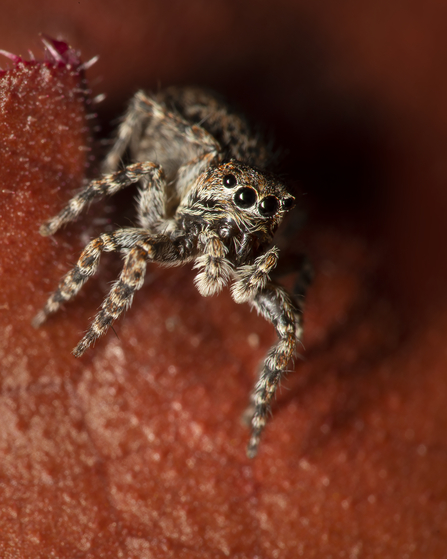
Jumping spider © Jon Hawkins - Surrey Hills Photography
Spiders
Spiders don't have ears like we do, but they can detect sound. Sound travels in waves. These waves cause special hairs on a spider's legs to vibrate, letting it 'hear' the sound. Scientists discovered that a jumping spider could hear clapping from more than five metres away.
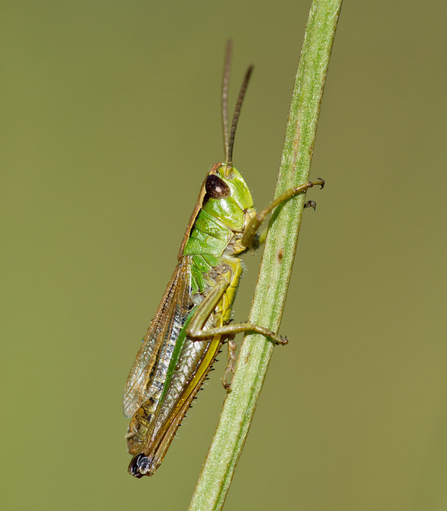
Meadow grasshopper © Guy Edwardes/2020VISION
Grasshoppers
Grasshoppers don't have ears as we think of them either, but they sense sound through something called tympanic organs. They work like eardrums and are found on the sides of their body! They can also hear by detecting vibrations through hairs on their body.
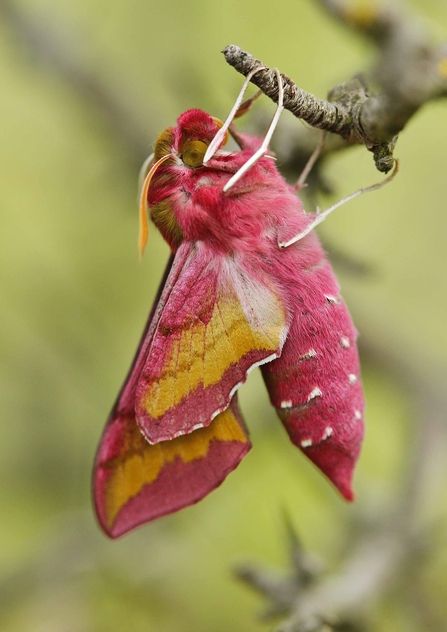
Small elephant hawk-moth © Jon Hawkins - Surrey Hills Photography
Moths
Many moths have extra sensitive hearing. This lets them detect the ultrasonic calls that bats use for echolocation. The moths can tell when bats are hunting them and can try to dodge. Some moths have hearing organs on their sides like a grasshopper, but some hawk-moths hear using their mouthparts!

